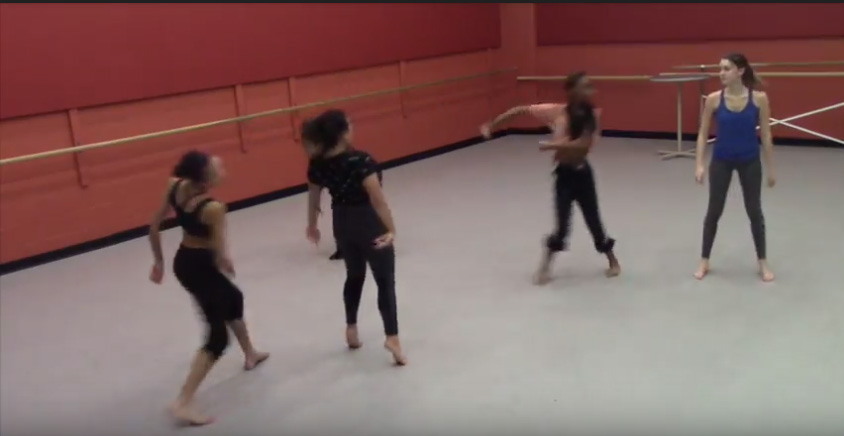As the Columbus Dance Theatre Summer Intensive comes to a close, Darion Smith looks at some of the challenges and accomplishments that marked the experience for the students, and for him.
“It was a fun challenge teaching a piece that I created for six dancers to twenty one dancers,” says Smith. He explains how working with a prop that the dancers helped to create contributed to making the experience even more engaging for them.
For Smith, he got to have a fresh look at a work he created almost exactly one year ago.
“I could see new possibilities to explore in the future,” he says. Of the dancers who attended the Summer Intensive, Smith says, “they were very dedicated, passionate, hardworking.”
Students will perform Ript Dash on Friday, June 14 at the CDT theater in a culminating performance of the 2019 Summer Intensive Program.


























